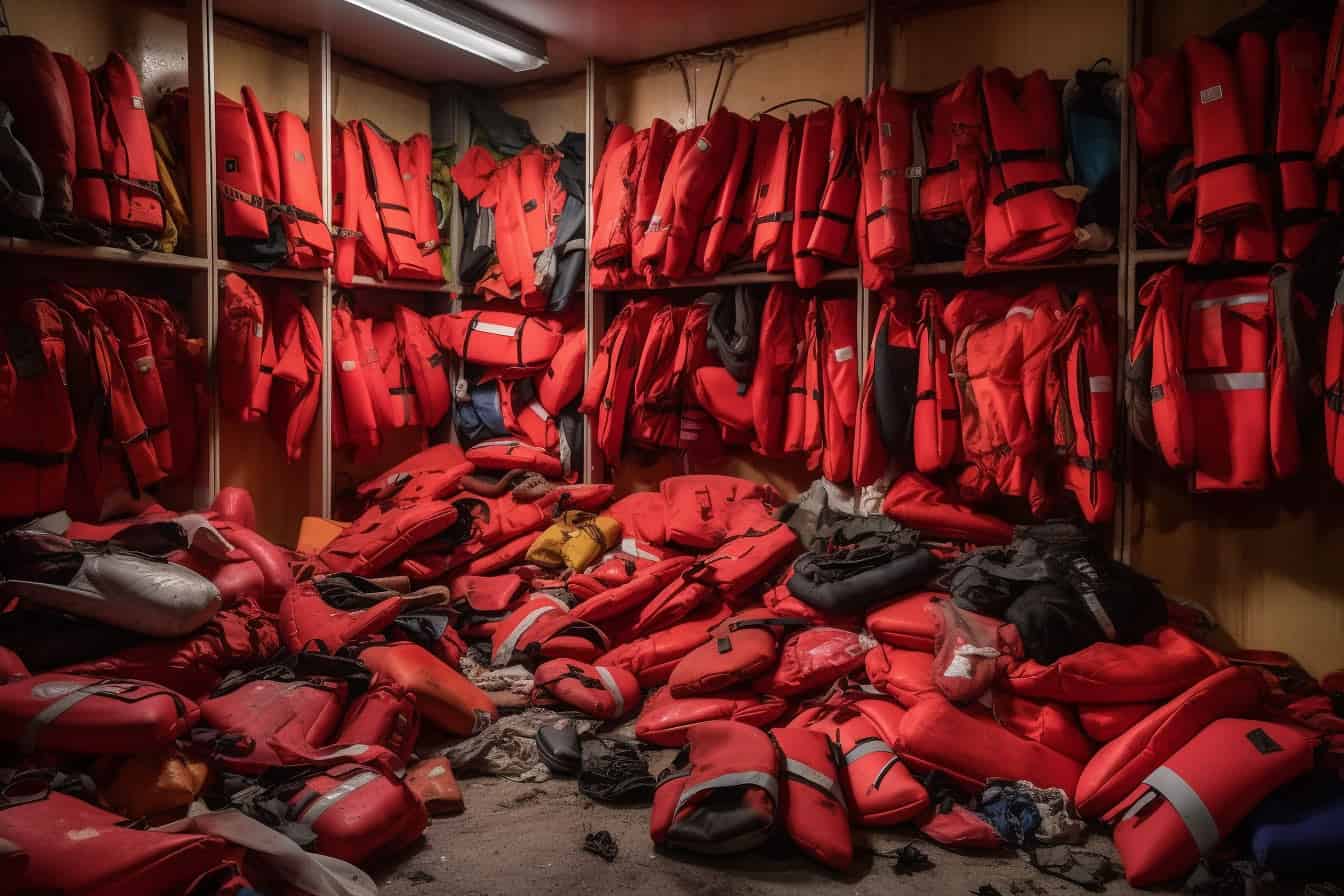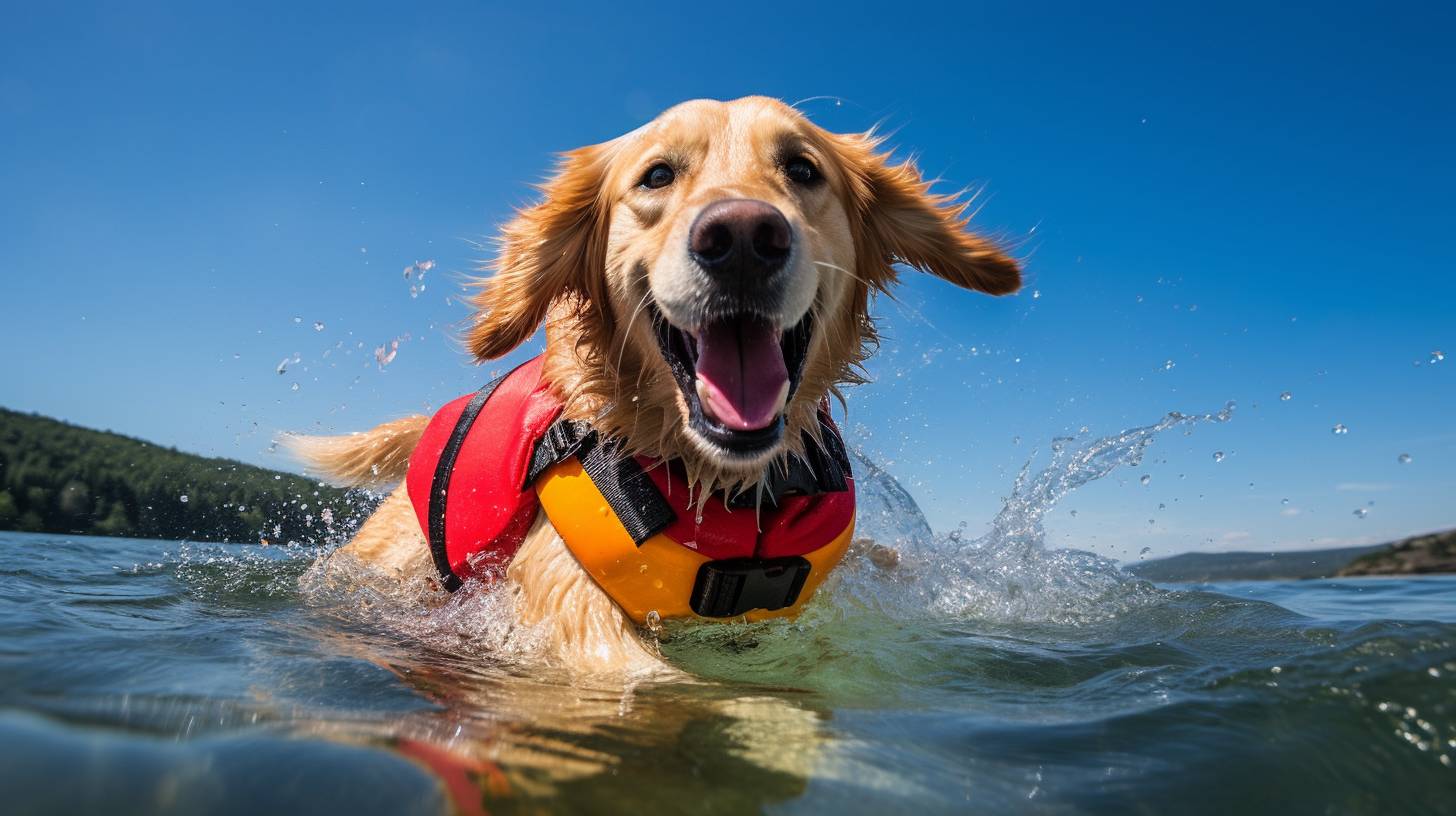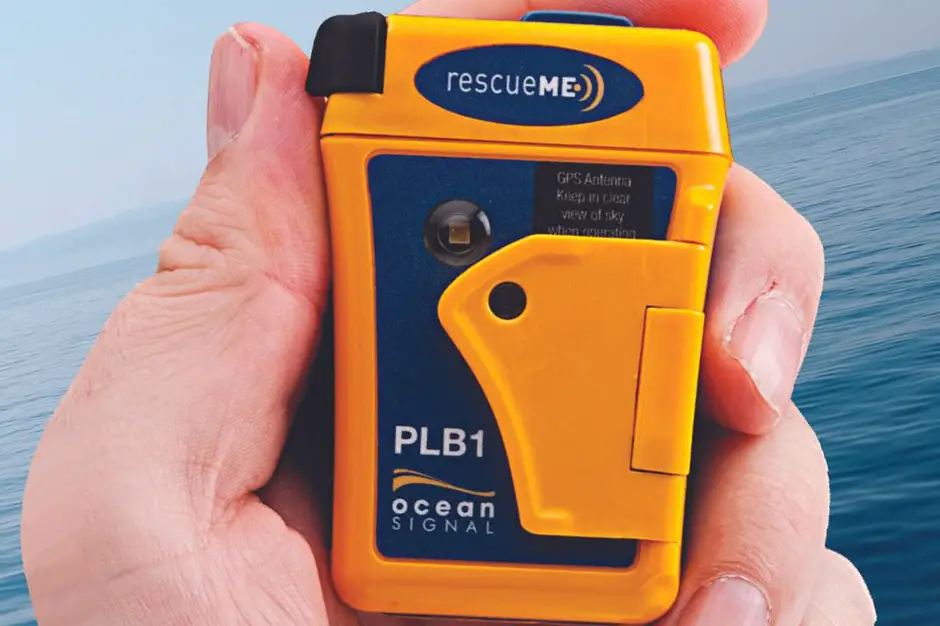From the technical point of view the life jacket will only expire if the Marine standards of compliance change, and or the material within the Life jacket loses its ability to keep you buoyancy in water.
Standards of quality and performance are regularly updated by government agencies. Also, some manufacturers specify a use-by date on their lifejackets for types of uses – Recreational and Commercial.
Constant wear and tear cause the material in a foam life jacket to get damaged and losing its buoyancy. This can severely reduce its performance and the protection of a person when they fall into the water. Therefore, it is recommended to keep your PDFs in a dry and cool place. Also, you should only use them according to their intended usage.
In general, inflatable life jackets inflate themselves using a carbon dioxide bottle (CO2). When you buy an inflatable life jacket always check for its Co2 for correct weight. The manufacturer may require replacement of the Co2 between 1-3 years depending on its use. (Commercial and Recreational)
Nylon and polyester materials start deteriorating and becoming brittle after enough time has passed, which means that they won’t inflate and maintain pressure during an emergency situation.
How can you test your life jacket?
Do you have a life jacket at home which you have not used for a long time? Then it is better to test it before taking it on your boating trip.
If the one you have is a foam life jacket then the first thing you need is to put them on and feel the fit is comfortable to your body. You can test the buoyancy of your life jacket simply by putting it on and with supervision wade out to where the water is chest deep and try floating on your back. You want to make sure that your flotation device keeps your chin above water and that you can breathe easily.
Also, you need to pay attention that the vest is not rising up over your shoulders. If during the test, you see that the life jacket is not supporting you to float safely, then it means you should replace the jacket. The reason for the problem originates from the foam inside, which is no longer buoyant.
Practice swimming on your stomach and your back to make sure that whatever position you’re in, it will keep you afloat.
If you have children you’re responsible for, have them do the same as well just to make sure everyone is comfortable in their PFD and that it will work if need be.
Inflatable Lifejacket swim test
You can inflate and deflate your Lifejacket through the Oral Tube Valve. Blow air into the bladder until it’s fully inflated. Then do the water test to see if it hold your head above water. Look for bubbles while your in the water, this will give you an idea if there are any leaks in the bladder.
Every couple of months it’s a good idea to inflate your jacket at home overnight just to check it hold air.
As the name suggests, inflatable life jackets come with small gas bottles that immediately inflate the vest. The gas is usually carbon dioxide. (CO2) Ideally, most inflatable life jacket brands will recommend that you replace the gas bottle anywhere from 1 to 3 years.
As you can see, they’re more efficient and less bulky when they’re deflated, but they require more maintenance than foam ones.
Other factors can also affect the overall performance of the gas bottle, such as general damage, corrosion, and dirt specks that can block its nozzle. That’s why it’s crucial to inspect the bottle for any signs of corrosion, damage every month or two.
Is it OK to buy used life jackets?
Life jackets are quite cheap so I would not recommend buying a second-hand lifejacket, as you don’t know the history and condition and what manufacturing standard it was designed to.
How many years do life jackets last?
This can change from the amount of time it has been used and how it has been looked after. Saltwater will result in the life jacket wearing out faster than if it was used in freshwater.
How often should a lifejacket be replaced?
As per the manufacturer’s instructions. Some manufacturers have an end of life date. You should replace a lifejacket when it has failed functional tests, demonstrates a loss of buoyancy, or when it doesn’t fit anymore. Be sure to regularly check your life jacket’s condition so that it can be replaced before the above problems occur.
How do you know if a life jacket is still good?
The most reliable way is to have it tested by an authorized test center or tested by the manufacturer. A good way to tell if your life jacket is still safe to wear is it is to visually inspect it – if you find any small tears or deterioration in the material, or you notice wear and dirt where it should not be present, get your jacket tested more thoroughly before taking it out on the water.
How Can I Determine If My Life Jacket is Still Safe to Use?
When it comes to ensuring your safety on the water, knowing how to choose the right life jacket is crucial. But, what if you already own one? To determine if your life jacket is still safe to use, inspect it for any tears, worn straps, or damaged buckles. Check for the appropriate safety certification label and ensure it fits snugly. Safety should always be a top priority when it comes to water activities.
Wrap Up
You now know that life jackets do expire, and their expiration date relies mainly on their ability to stay afloat on top of the water.
To prevent your personal floatation device from deteriorating quickly, make sure that you clean them with clean water and dry them properly after you use them.
Also, remember to store them in a dry and cool spot to extend their lifespan and protect them from sharp objects that can cause damage and corrosion to the jackets.
Recreationally used lifejackets are the responsibility of the user to test in accordance with the manufactures handbook supplied with the jacket at the time of purchase.
Commercially used lifejackets are tested regularly by a manufacturer-approved testing center. The supplier of these types of jackets have expiry times applicable to the jacket as well as the components in the jacket.
Simply having a life jacket on board is not enough. Wearing any life jacket is not enough. Only good-quality, well-maintained PFDs that are worn properly can be counted on to keep you afloat in the event of an emergency.





Leave a Reply